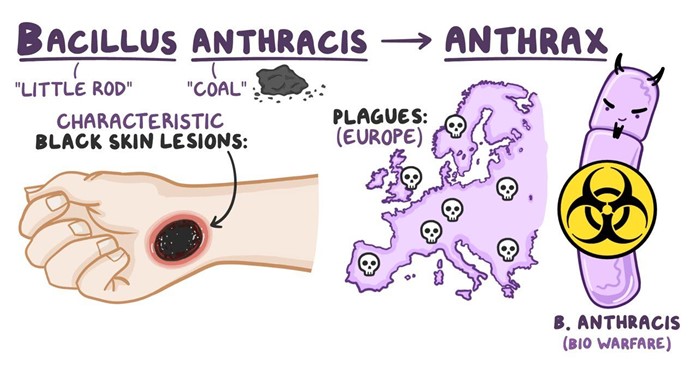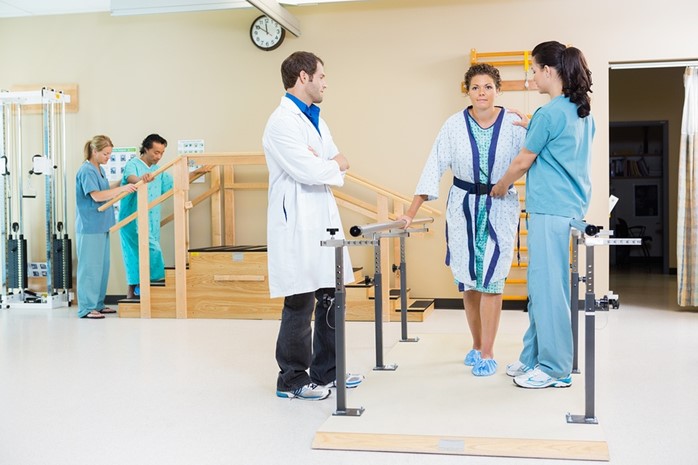A nurse who works in health promotion and safety for an automotive plant is functioning in what role?
Public health nurse
Community nurse specialist
Nurse clinician
Occupational health nurse
The Correct Answer is D
Choice A reason: A public health nurse is a nurse who works to improve the health and well-being of populations and communities, not specific workplaces. A public health nurse may focus on disease prevention, health promotion, environmental health, or emergency preparedness.
Choice B reason: A community nurse specialist is a nurse who has advanced education and training in a specific area of nursing practice, such as gerontology, oncology, or mental health. A community nurse specialist may work in various settings, such as hospitals, clinics, or schools, to provide specialized care and education to clients and families.
Choice C reason: A nurse clinician is a nurse who has expertise in clinical practice, research, and education. A nurse clinician may work in academic or clinical settings, such as universities, hospitals, or research centers, to develop and implement evidence-based practices and policies.
Choice D reason: An occupational health nurse is a nurse who works to protect and promote the health and safety of workers in various industries, such as manufacturing, mining, or construction. An occupational health nurse may provide services such as health assessment, injury prevention, emergency response, or wellness programs.
Nursing Test Bank
Naxlex Comprehensive Predictor Exams
Related Questions
Correct Answer is ["A","C","E"]
Explanation
Choice A reason: The integumentary system is a portal of entry for anthrax because the bacteria can enter through cuts or abrasions on the skin. This is called cutaneous anthrax, and it is the most common and least deadly form of anthrax infection.
Choice B reason: The endocrine system is not a portal of entry for anthrax because the bacteria do not affect the glands or hormones of the body. The endocrine system is mainly involved in regulating metabolism, growth, development, and reproduction.
Choice C reason: The central nervous system is a portal of entry for anthrax because the bacteria can spread to the brain and spinal cord from other parts of the body. This is called meningeal anthrax, and it is a rare and fatal complication of anthrax infection.
Choice D reason: The renal system is not a portal of entry for anthrax because the bacteria do not infect the kidneys or urinary tract. The renal system is mainly involved in filtering waste products and excess fluids from the blood.
Choice E reason: The respiratory system is a portal of entry for anthrax because the bacteria can be inhaled into the lungs. This is called inhalation anthrax, and it is the most deadly form of anthrax infection.

Correct Answer is C
Explanation
Choice A reason: A skilled nursing facility is a type of long-term care facility that provides 24-hour nursing care and supervision for residents who need assistance with activities of daily living, such as bathing, dressing, eating, and toileting. A skilled nursing facility may not be suitable for a young client with multiple sclerosis who has the potential for improvement and recovery.
Choice B reason: Home care services are a type of community-based care that provides medical and personal care to clients in their own homes. Home care services may include nursing, physical therapy, occupational therapy, speech therapy, social work, or home health aide services. Home care services may be appropriate for a client with multiple sclerosis who has mild to moderate symptoms and a supportive family or caregiver.
Choice C reason: A rehabilitation facility is a type of short-term care facility that provides intensive physical and occupational therapy to clients who have functional impairments due to injury, illness, or surgery. A rehabilitation facility may also provide medical, nursing, and psychological care to clients who need them. A rehabilitation facility may be suitable for a client with multiple sclerosis who has significant muscle weakness and needs to regain strength, mobility, and independence.
Choice D reason: A sub-acute care facility is a type of transitional care facility that provides medical and nursing care to clients who are stable but need complex monitoring or treatment that cannot be provided at home or in a skilled nursing facility. A sub-acute care facility may also provide rehabilitation services to clients who need them. A sub-acute care facility may not be appropriate for a young client with multiple sclerosis who has the potential for improvement and recovery.

Whether you are a student looking to ace your exams or a practicing nurse seeking to enhance your expertise , our nursing education contents will empower you with the confidence and competence to make a difference in the lives of patients and become a respected leader in the healthcare field.
Visit Naxlex, invest in your future and unlock endless possibilities with our unparalleled nursing education contents today
Report Wrong Answer on the Current Question
Do you disagree with the answer? If yes, what is your expected answer? Explain.
Kindly be descriptive with the issue you are facing.
